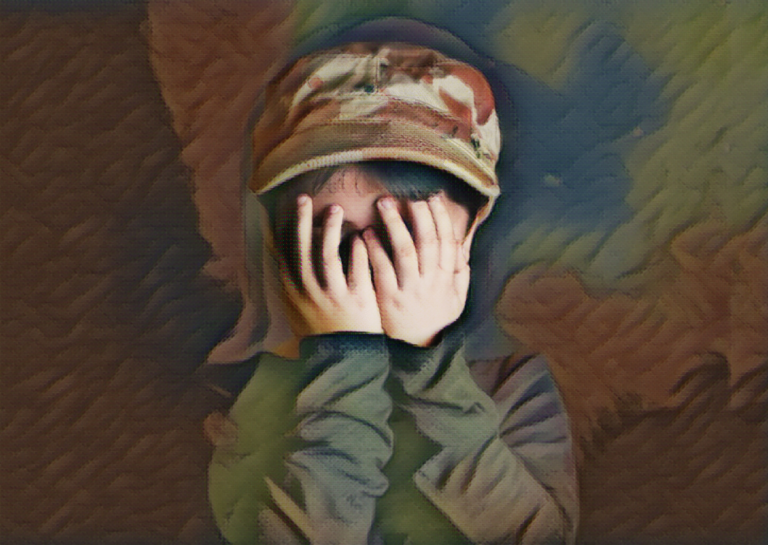Overview
Anxiety is a normal and often healthy emotion. However, when a person regularly feels disproportionate levels of anxiety, it might become a medical disorder. Anxiety disorders form a category of mental health diagnoses that lead to excessive nervousness, fear, apprehension, and worry. These disorders alter how a person processes emotions and behaves, also causing physical symptoms.
Symptoms
Anxiety in children can manifest in different ways. The symptoms of anxiety in children can be physical, emotional, or behavioral. Some common symptoms of anxiety in children include:
- Physical symptoms: children with anxiety may have headaches, stomachaches, or other physical complaints. They may also feel tired and have trouble sleeping.
- Emotional symptoms: children with anxiety may feel scared, worried, or nervous. They may also feel sad or have a sense of impending doom.
- Behavioral symptoms: children with anxiety may have trouble concentrating, may be easily irritable, or maybe clingy. They may also avoid certain situations or activities.
Causes
The causes of anxiety in children are not fully understood, but a combination of genetic, environmental, and developmental factors may be involved. Some possible causes of anxiety in children include:
- Genetics: Anxiety disorders tend to run in families. Children who have a parent or close relative with an anxiety disorder may be more likely to develop an anxiety disorder themselves.
- Life events: Traumatic or stressful events, such as the death of a loved one, a divorce, or a move to a new place, can trigger anxiety in children.
- Brain chemistry: Abnormal levels of certain chemicals in the brain may contribute to the development of anxiety disorders.
- Developmental factors: Children who have experienced abuse, neglect, or other traumatic events in childhood may be more likely to develop anxiety disorders.
Treatment
Treatment for anxiety in children typically involves a combination of therapy and medication. The goal of treatment is to help the child learn to manage their anxiety and reduce the symptoms.
- Therapy: Different types of therapy can be used to treat anxiety in children, including cognitive-behavioral therapy (CBT), which helps children change the way they think about and respond to situations that cause them anxiety.
- Medication: Medication may be prescribed for children with anxiety, usually in combination with therapy. Antidepressant medication, such as selective serotonin reuptake inhibitors (SSRIs), can help reduce the symptoms of anxiety.
Prevention
It is not always possible to prevent anxiety in children, but there are steps that parents and caregivers can take to reduce the risk.
- Create a stable and predictable home environment: Children thrive in a safe, secure, and predictable environment, and this can help to reduce the risk of anxiety.
- Teach children healthy coping strategies: Children who learn healthy coping strategies, such as deep breathing, progressive muscle relaxation, and visualization, may be better able to manage anxiety.
- Encourage physical activity: Regular physical activity can help to reduce anxiety.
- Keep communication lines open: Encourage children to talk about their feelings and concerns.
Citations:
- American Psychiatric Association. (2013). Diagnostic and Statistical Manual of Mental Disorders, 5th Edition. American Psychiatric Publishing.
- National Institute of Mental Health. (2019). Anxiety Disorders in Children and Adolescents. Retrieved from https://www.nimh.nih.gov/health/topics/anxiety-disorders/index.shtml
